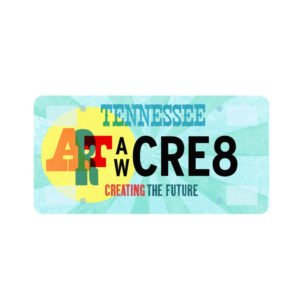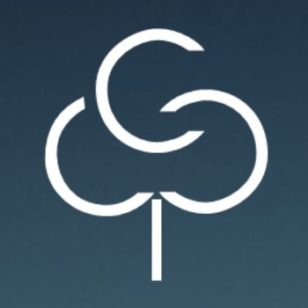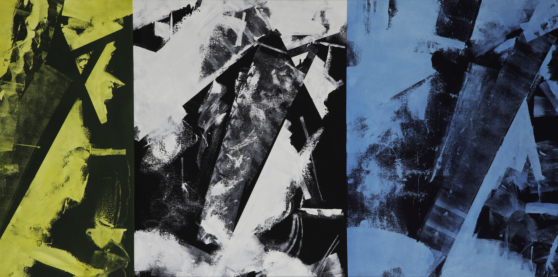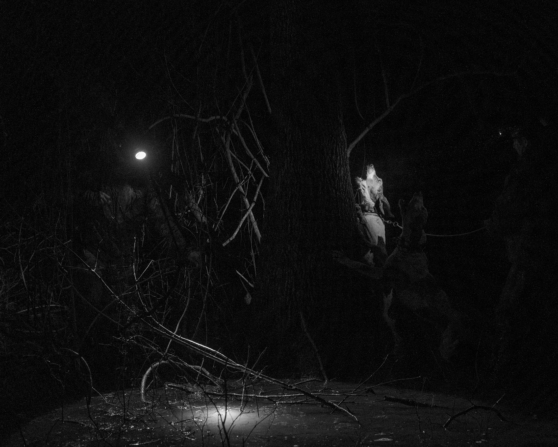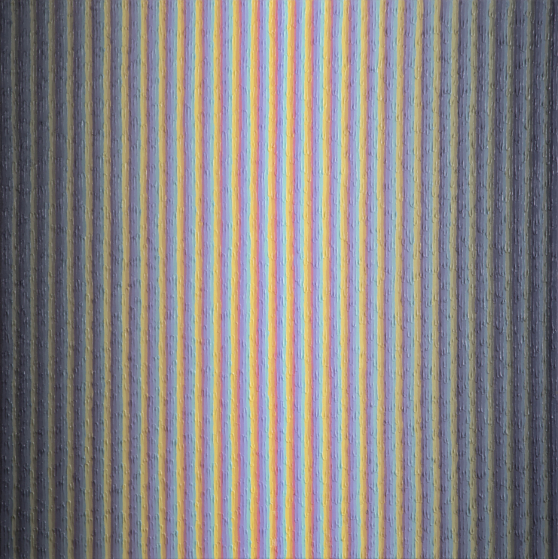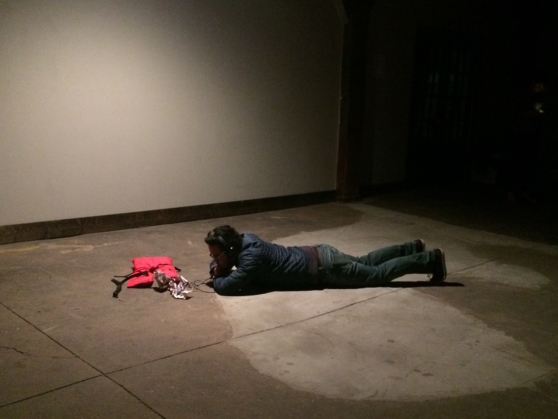Rachel Bubis: I love this quote from you that I read in Heartwood Literary Magazine where you define yourself as an artist: Caroline Hatfield: "I define myself as an Appalachian artist, despite making contemporary art rather than focusing on using traditional art forms more readily associated with the culture. I often describe my aesthetic taste as “dusty and rusty”, undoubtedly a result of growing up in a community of farming, logging, and mining. Yet, it is also very grounded in t...
Read more >THE FOCUS
Rachel Bubis: You’re interested in the experience of living amongst mass produced materials, spaces and objects in contemporary architecture and design. There’s obvious arguments as to why this experience might be detrimental to us and culture, but have you noticed any unexpected effects? Scott Carter: Over the years, I’ve become very sensitive to my surroundings. I think most artists are naturally this way but I’ve definitely noticed a shift in how I respond to both the natural...
Read more >Rachel Bubis: How are you? How has your quarantine experience been? Have you been making new work? If so, has your perspective changed or have you reflected on your practice in a new way? Jonathan Adams: I would say fine. However, that seems to be a shared feeling with the general populace and peoples close to me. Quarantining before I have moved was ok. When I was working in New Jersey away from family, I tended to work on...
Read more >Rachel Bubis: What’s it been like getting a physical exhibition together in the midst of a pandemic? I know you also had a show recently at Cheekwood. KJ Schumacher: Quarantine was a Godsend for me, as it gave me some of the most uninterrupted time in the studio I’ve had in almost two years. I got organized, got focused, and got to work. Before Rinna, I prepared the @Home show for Cheekwood. The COVID-19 situ...
Read more >Rachel Bubis: How are you? It’s obviously been a tumultuous year so far… How has your quarantine experience been? Have you been making new work? If so, has your perspective changed or have you reflected on your practice in a new way? Houston Cofield: I’m doing okay. Probably about the same as many people / artists during this time. Commissioned work has slowed down significantly which I’m actually very grateful for. It has allowed me to ref...
Read more >Rachel Bubis: You explain how your experience with hearing loss gave you insight into the “structural aspects of communication,” particularly in how you relate the language of sound and color in your paintings. Brianna Bass: The relationship between color and sound first became apparent to me when I started making the vertical prism paintings. I sensed something musical about them, and realized that they remind me of piano keys. Each color plays a specific role in a larger system, and...
Read more >Rachel Bubis: Many of your works deal with some pretty dark and disturbing themes. I’m still haunted by your lifejacket and sound piece, False Promise (2016), from the Asymmetric Kin exhibition, which references the true story of people selling fake lifejackets to Syrian refugees. The viewer must lie on the floor to listen to sounds of children playing in the water through headphones, which are connected to a lifejacket stuffed with newspaper. There’s also your #thoughtsandprayers sound-collage piec...
Read more >Locate Arts contributor Ashley Layendecker sat down with the artist Julian Rogers to discuss his paintings and his solo exhibition, "Alexander’s Dark Band," which opens Saturday, June 22 at The Red Arrow Gallery in Nashville Tennessee. The show will run until July 27. Ashley Layendecker: Explain where the imagery of the fruit, clothes, and old master renditions generate from. Julian Rogers: The fruit, clothes/fabric, and table tops are still life fundamentals. Very common from the old Dutch still lifes th...
Read more >
